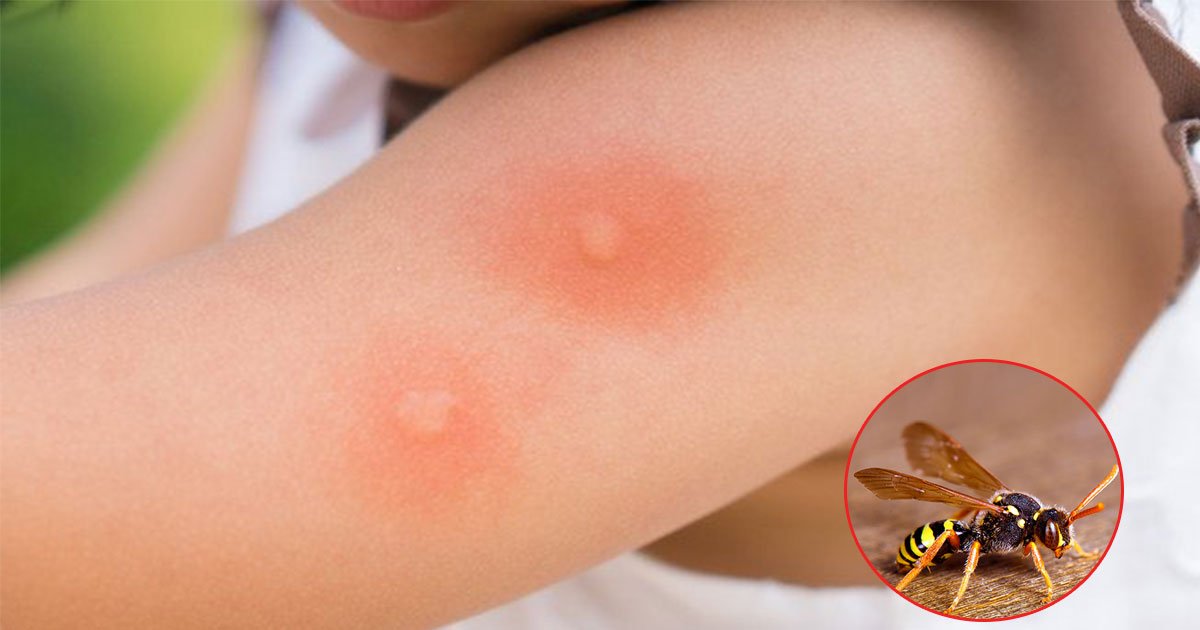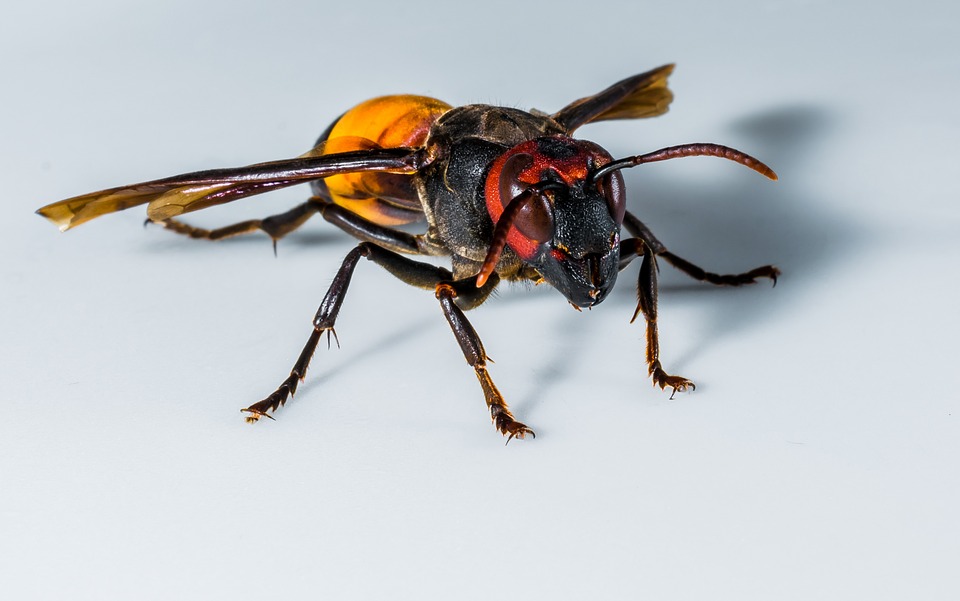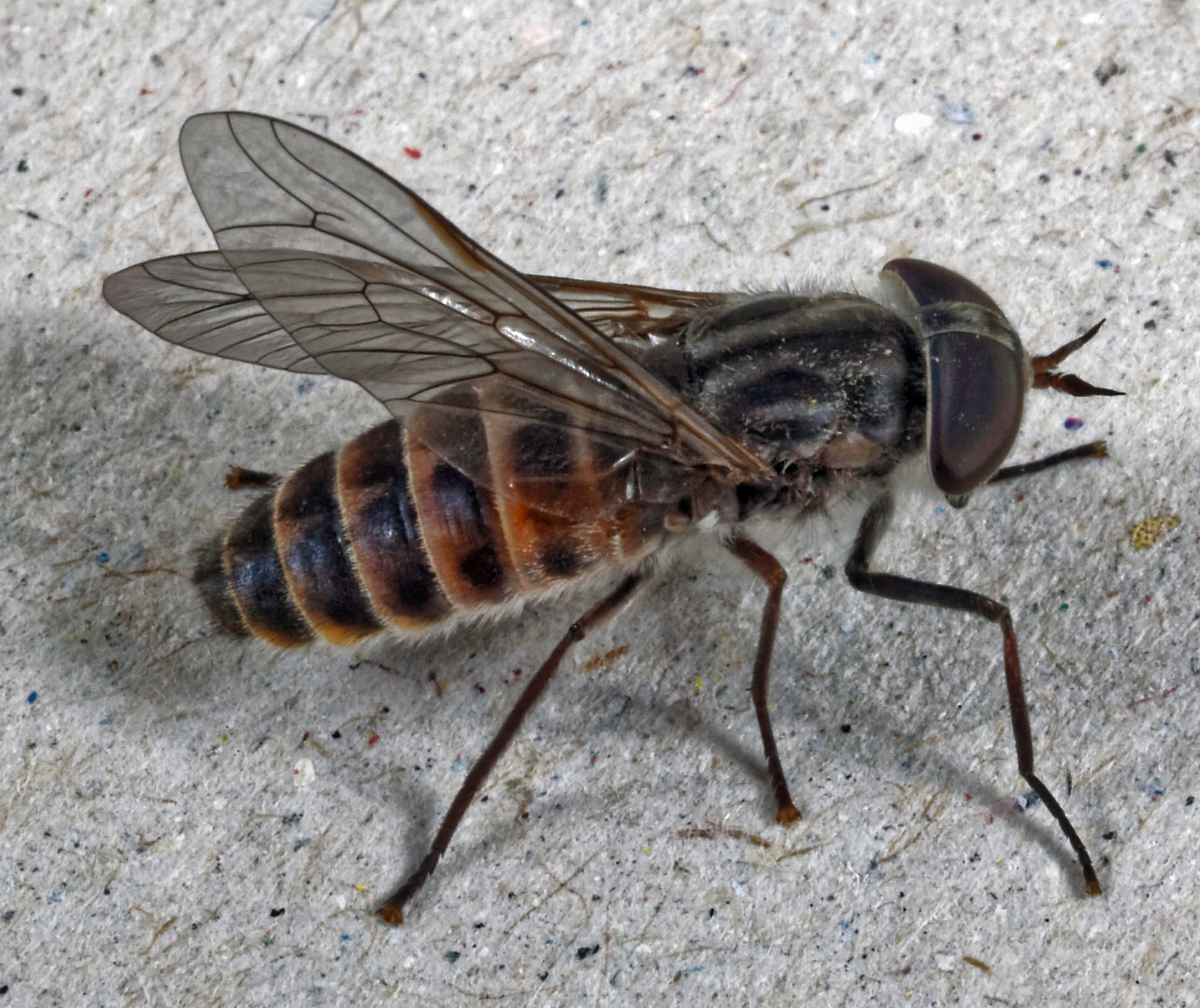Insects such as bees, ants, fleas, flies, mosquitoes, wasps, and tick may bite or sting.
It is difficult to find out which insect has bitten you. Many infectious bites may be harmful as it may cause swelling, skin damage or severe itching. Some bites from common insects are not harmful while others have a capacity to transfer harmful bacteria/diseases.
It is important to know which insect has bitten or stung you. You do not need to worry as we have a small guide to help you to figure out what insects are troubling you.
1. Hornets
After being bitten by Hornet, the affected area is often red and very swollen. Sometimes the sting of the hornet can cause an allergic reaction released by your own immune system. If you feel cold and numb in your stomach, your lips turn a shade of blue and breathing is labored, consult a doctor immediately.
2. Bees
If you have been stung by a honey bee, the affected area will turn red and swollen. The swelling can increase on the first day of the sting. Bee stings are usually harmless for a long term but it is important to remove the sting, to prevent more poison to spread in your body.
3. Wasps
The wasp transfers the sting in a similar way as other insects do. The area turns red, swell and person feels pain and itching. Sometimes bleeding also occurs so it is important to know if you allergic or not.
4. Mosquito
It is very easy for a mosquito to reach blood vessels as it likes to suck blood and its bite look like swollen red spots, roughly the size of a small berry. They spread saliva into the scar and causes numbness in the area that makes it difficult to discover them.
5. Ants
Red ants are famous for their painful bites as they can even end up scarring in some cases. The poison of ant contains toxins that can cause allergic reactions and – in extreme cases – anaphylactic shock. The bite of ant usually appear as a pink spot and the skin around it gets itchy and tender. The symptoms are mostly similar to a mosquito bite.
6. Ticks
People don’t even know if they are bitten by ticks. If the tick bites you, a small red patch appears where the tick has been sitting. It is not unusual to find a small lump in the area where the tick was feeding.
7. Fleas
Flea bites are usually mistaken as allergic reactions and mosquito bites. However, these bites are exceedingly painful and itchy. Flea mostly bites the sleeping people whilst the insects can bite several times in one ‘sitting’, so there’s often a pattern separated by gaps of around 1 to 2 cm.
8. Horse-fly
Horse-fly bites can cause blood poisoning and infections. They may look like a big, fat flies, but the blood-sucking horse-fly can transfer a painful bite and may leave a swelling and spot.










